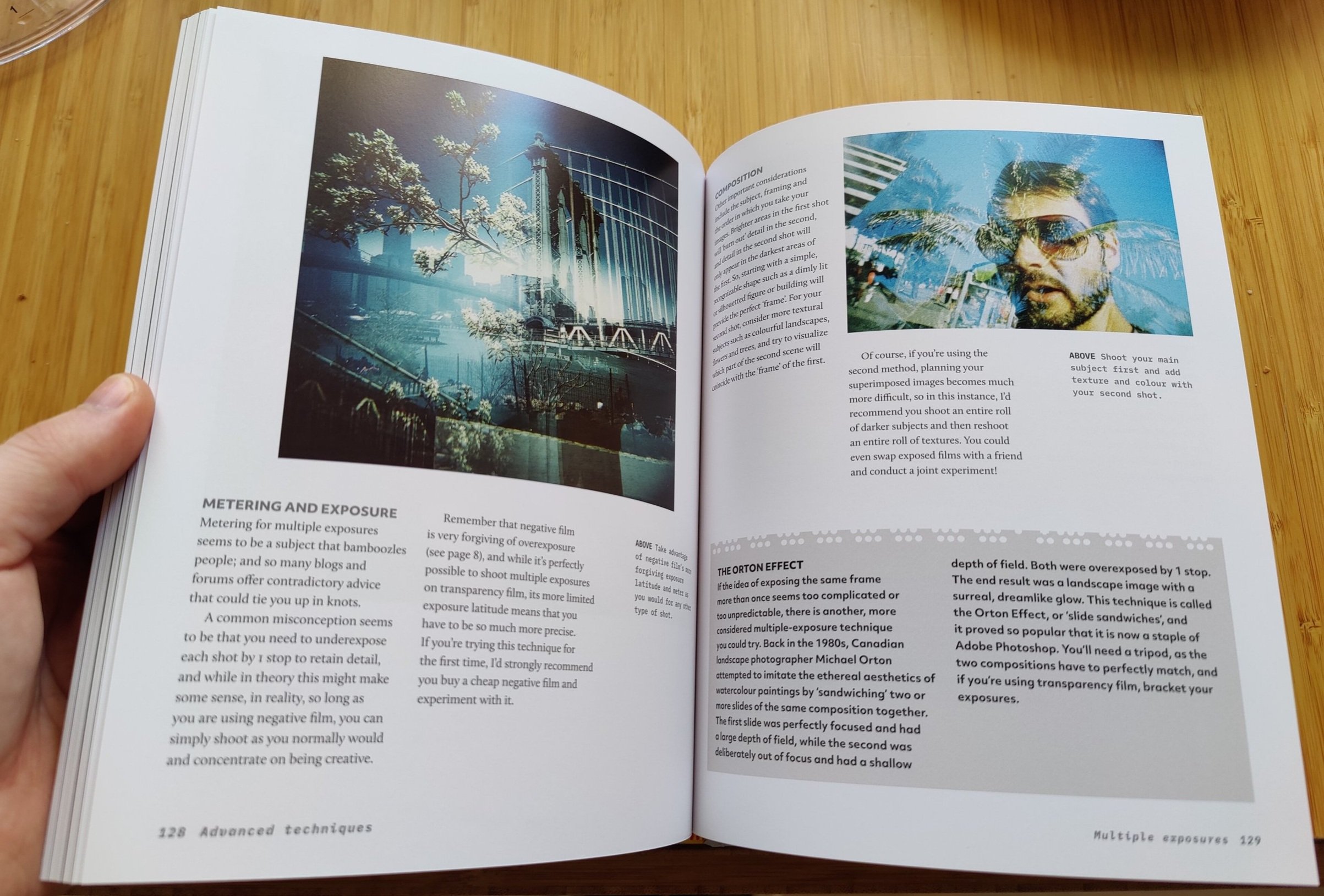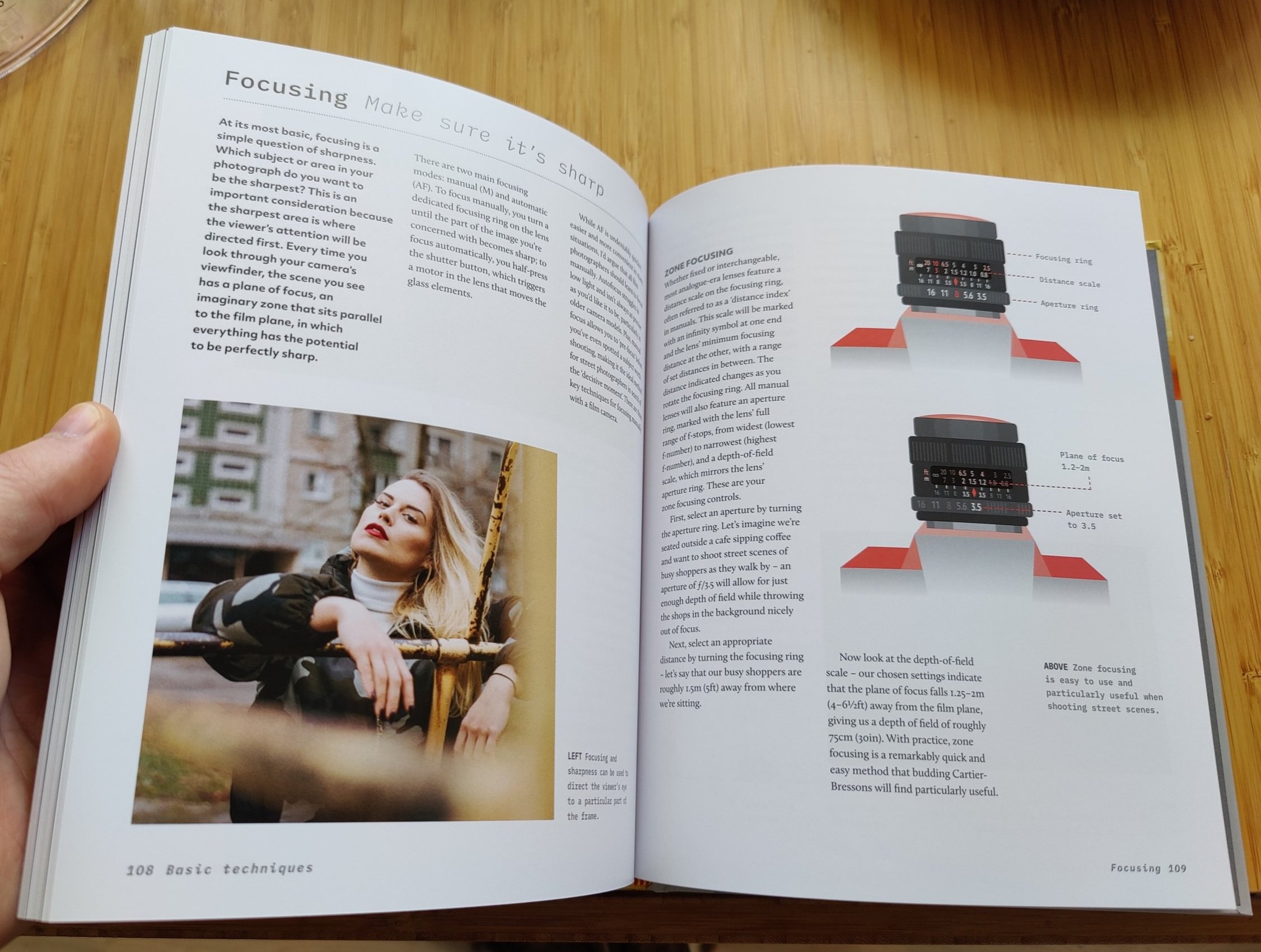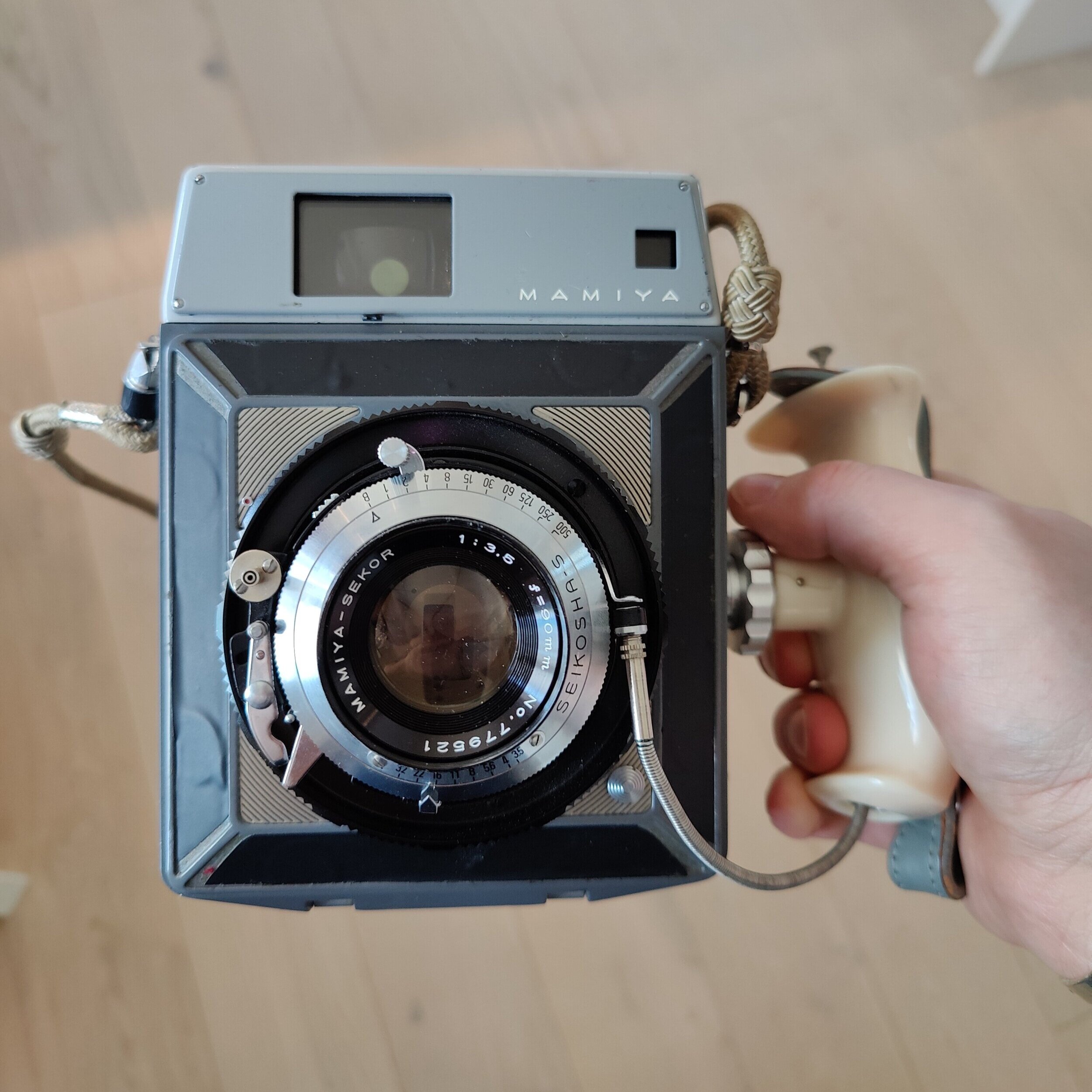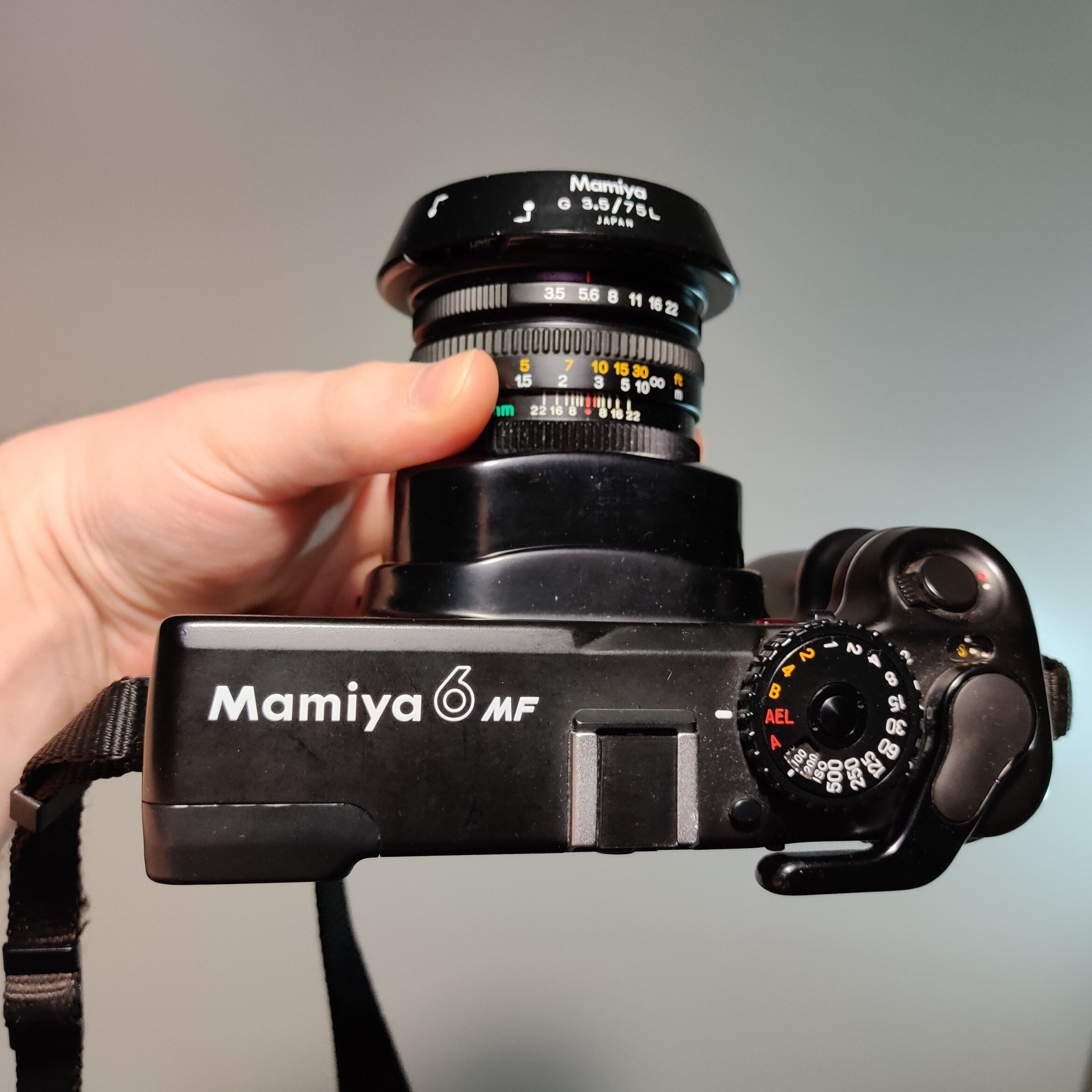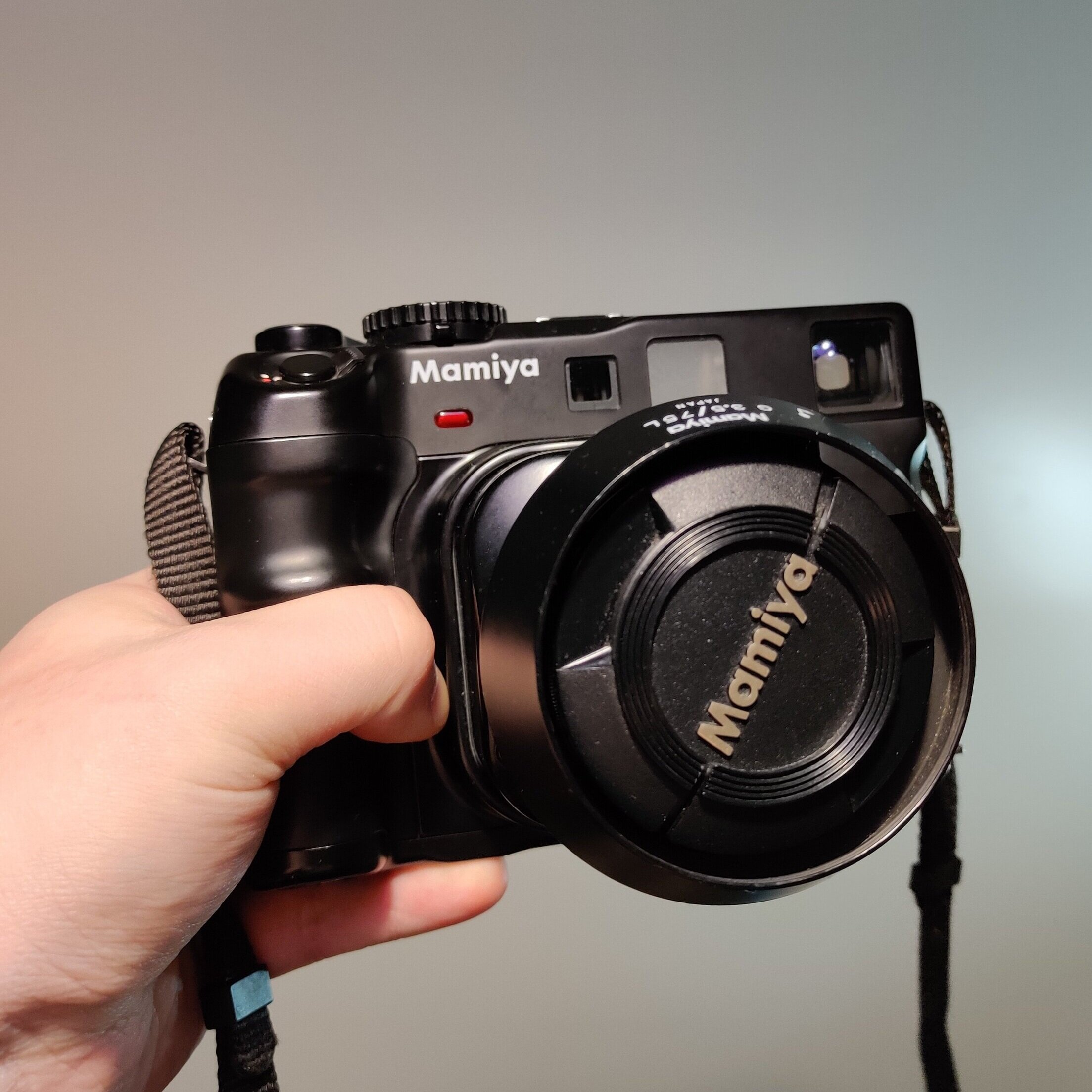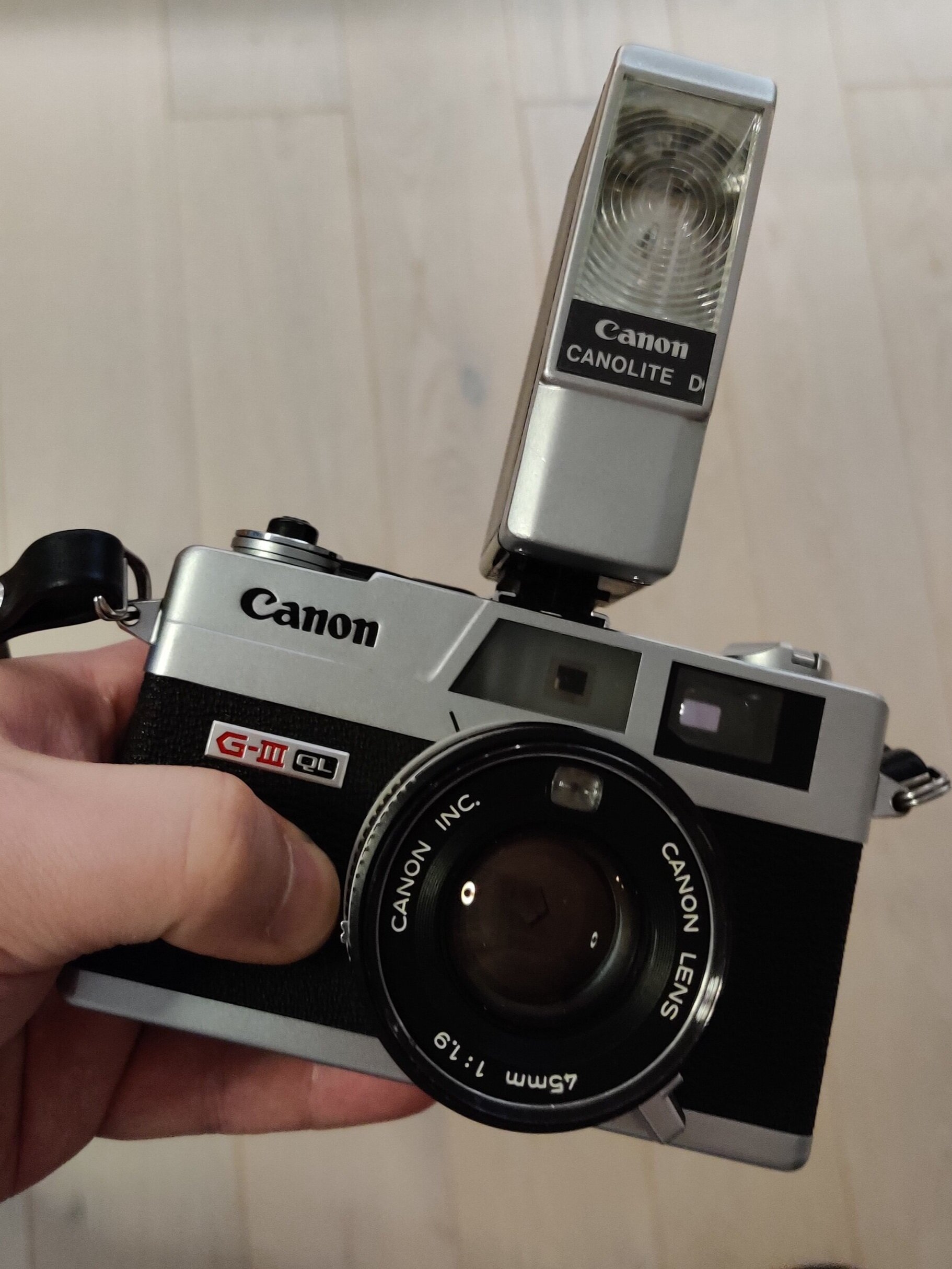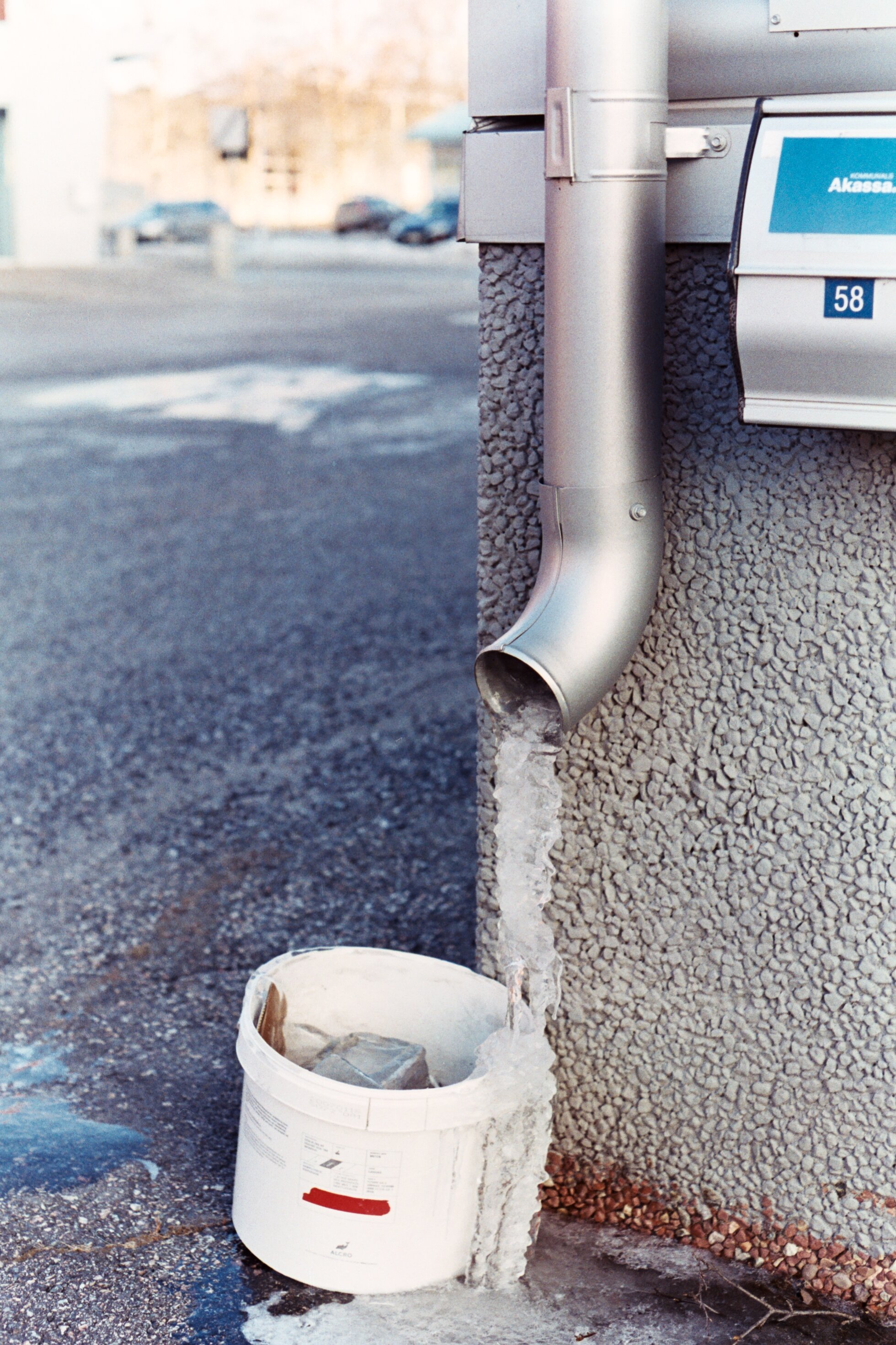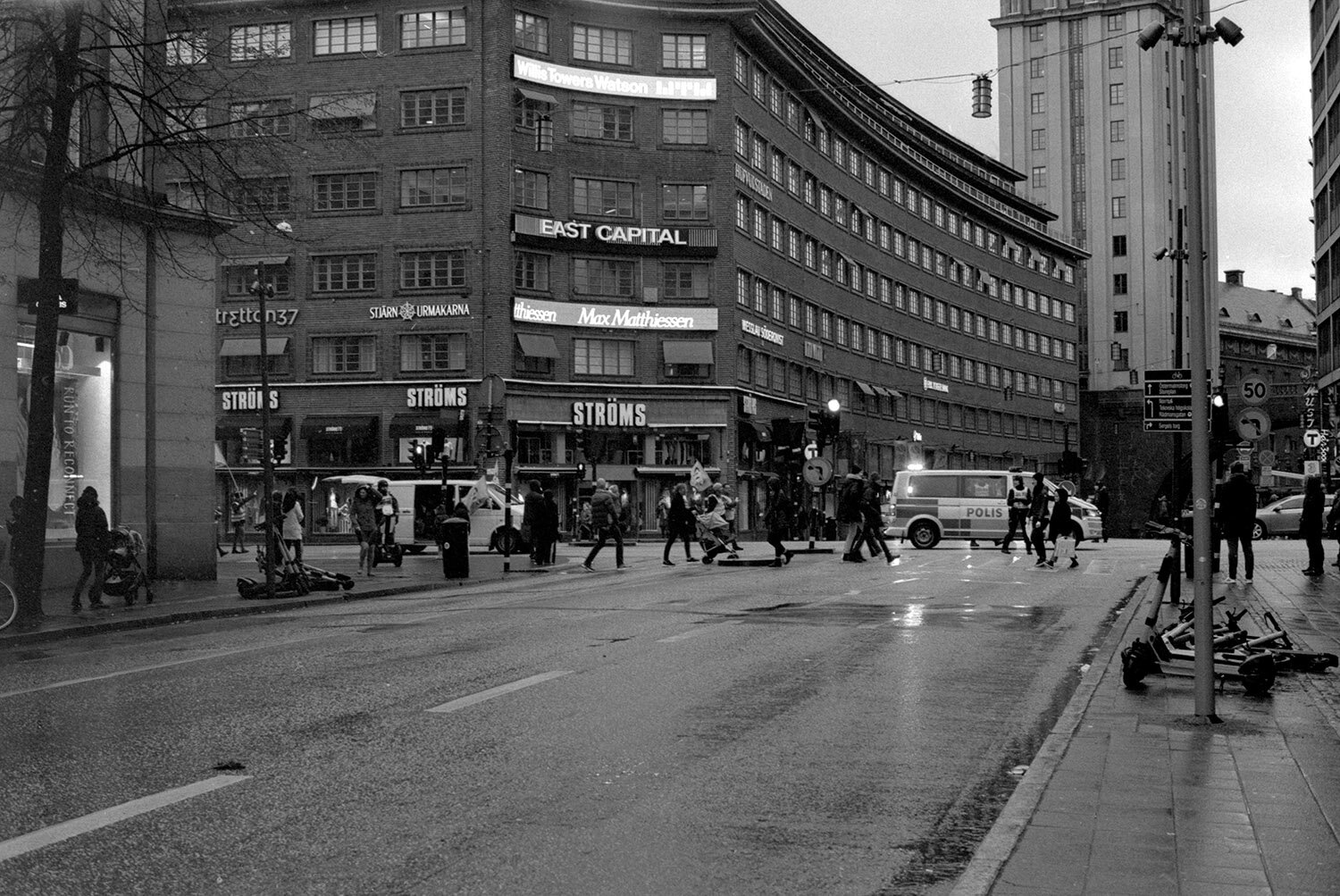While I did not let it influence what I wrote below, for the sake of transparency: this book was provided to me for free as a review copy. No strings were attached when it came to writing a review or what I should write. I have not heard from the publisher after they suggested to send a copy to me.
Film photography has made a huge comeback the past couple of years. If you missed that, you are not really up-to-date on latest trends. But it is a weird situation, the young people who are getting into shooting film, have never done so previously. They have no memories of having used film cameras before, or the process itself. They often know very little of how it all works in technical terms. I have read several stories about youngsters who shoot their first rolls of film, open up the film back expecting the pictures to be on the roll already. Developing? What does that mean?
Since we are in this unique situation where the people starting with film have zero previous knowledge of the medium and they are doing it together with other people who have zero previous knowledge, there is a sort of information vacuum that wants to be filled. Some of these kids are taking it seriously enough that they want to learn more about the nuts and bolts, get better at the craft, or maybe they are aiming at becoming a professional photographer at some point. But where to learn more if you want hard facts not subjective opinions?
I think this book was written with this situation in mind. It explains film cameras, film, developing and how it all works in very simple layman’s terms, but also clearly geared towards people in their late teens or early 20s that are into film photography due to its popularity and hipster-trend. Not necessarily a bad thing, it’s just that I am turning 40 in a couple of years and I have been shooting film since 2003-2004. So the target audience this book was written for, is someone else than me personally.
The book is by and large well written, factually mostly correct and includes a professional photographer with her thoughts on different subject matters. At several points in the book though, it feels like it is written by people who are somewhat lacking in experience. Stuff like, “this camera is good because it was the first camera I bought 4 years ago” makes me raise an eyebrow. Either it should be all subjective or all objective. When you mix your own nostalgic memories with facts, it makes me unsure how to interpret what I am reading.
It is also clear that the book was written under a longer period of time and there was no real editorial review/fact checking before it was sent to the printing press. For example, Provia 400X is talked about like it was still available in stores, and Pro 400H is in the list of current color negative films. And then we have stuff like that the author seems to think that the classic Holga is a TLR (there is even an image included of a TLR Holga). That slide film has a dynamic range of 1.5 stops (the author means exposure latitude), that you should get a Canonet 28 instead of the G3 QL17 because it doesn’t use an “outlawed battery” (it uses the exact same PX625..) 120mm film is mentioned a couple of times. I could go on, but you get the point.
Maybe I’m being unnecessarily harsh, it’s not stuff that the beginner reader will ever notice, think about or face any issues from.
The quality of the book is decent. It is printed in China and the image quality is mediocre but not bad. It is a nice hard-cover book with glossy pages of decent weight.
In conclusion, it is an alright book. If you have recently started shooting film, this is as good as book as any to get started learning more about the medium. It is not expensive, so you might as well pick it up and learn something new. For the more experienced photographer, I don’t think you will find anything worthwhile in this one.
If you decide to order it, please use these Amazon links!
Kindly check the store if you find something you like, and support my little blog.. But that’s it for this time. I hope to write some more book reviews in the near future. I have loads in my bookshelves.

